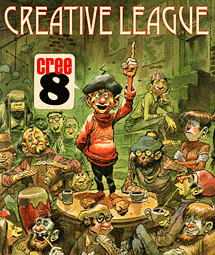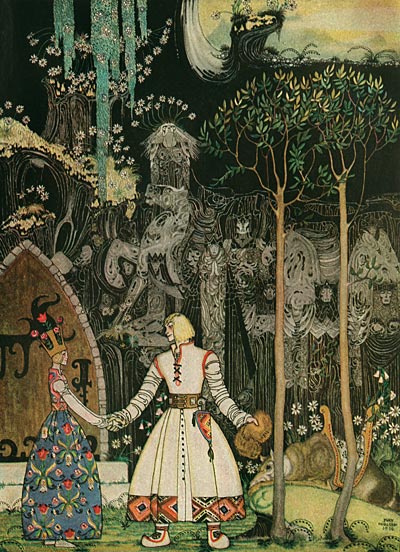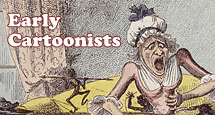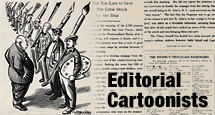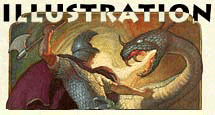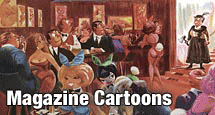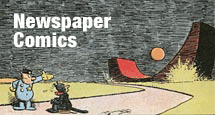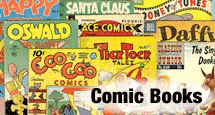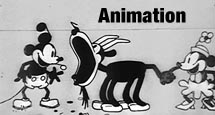Animation Resources is a 501(c)(3) non-profit organization. Our group is operated entirely by volunteers, there are no employees. 100% of the money that we collect in dues and direct donations go to supporting our programs serving the worldwide animation community. For instance, here is one thing Animation Resources members have purchased for the organization…
This is a Drobo 5n network attached server. This holds five 10TB hard drives. With a usable disk space of 30TB. It spreads the data across all five drives, so if one hard drive fails, or even two hard drives crash at the same time, all we have to do is pop a new drive in, and the data is recreated from the redundant data on the remaining drives. Our volunteers have invested tens of thousands of hours into digitizing animated films and artwork for our archive database. A solid backup plan and equipment like this is vital to protecting that investment.
When we began accepting memberships in 2013, all we had was one copy of each digital file in our collection on hard drives that dated back as far as six years. Since then, we have been using the money from the membership dues to purchase new, more rugged drives and disk arrays like this Drobo. At this point between our master servers and all of our backups, we have nearly 200 TB of data. All of our data is fully protected now, but we are working on creating a third backup for offsite storage.

This Drobo 5n has the potential to allow us to connect our database to the internet, so volunteers who don’t happen to live in the Los Angeles area can log in remotely to help us catalog and cross link our collection. In the past year or two, we have purchased several of these Drobo disk arrays, which are capable of hosting all of our current work files. This will allow us to catalog our material much faster than we have been ever been able to in the past.
Currently, our two main computers are 6 years old and our 12 years old backup computers died recently. We make do with what we have, but in order to run the database properly, we need speed. If you are upgrading your Mac, consider donating your old one to Animation Resources. We are a 501(c)(3) non-profit, so your donation may be tax deductible. Our short term goal is to get a Mac Pro with solid state drives that will be able to run our whole database at usable speeds. But we can’t afford that with the number of members we now have.
Eventually, we would like to start migrating our database to a cloud server, accessible through the Members Only Page. We would also like to be able to make our collection available to universities and libraries via the internet, so the archive’s reach can be worldwide. That’s still a few years in the future, but every step we take gets us closer and closer to our goal. The speed that we progress is directly related to the amount of financial support our members contribute to the project.
It’s Members Appreciation Time again at Animation Resources, and For the past decade, Animation Resources has been serving artists working in the fields of animation, cartooning and illustration. Our volunteers and members have pulled together to raise the bar for our art form, and it’s time to celebrate… It’s Members Appreciation time again!
During the month of February, Animation Resources expresses our appreciation for to members with a very special Reference Pack, and we invite you to become a member too. For the next 30 days, we will be sharing reasons why you should join us. Our benefits of membership far exceed the cost of our annual dues. You can find out what our members get at the Member Appreciation Page. It’s easy to join. Just click on this link and you can sign up right now online…
JOIN TODAY!
https://animationresources.org/membership/levels/
![]()
![]() Animation Resources depends on your contributions to support its projects. Even if you can’t afford to join our group right now, please click the button below to donate whatever you can afford using PayPal.
Animation Resources depends on your contributions to support its projects. Even if you can’t afford to join our group right now, please click the button below to donate whatever you can afford using PayPal.





